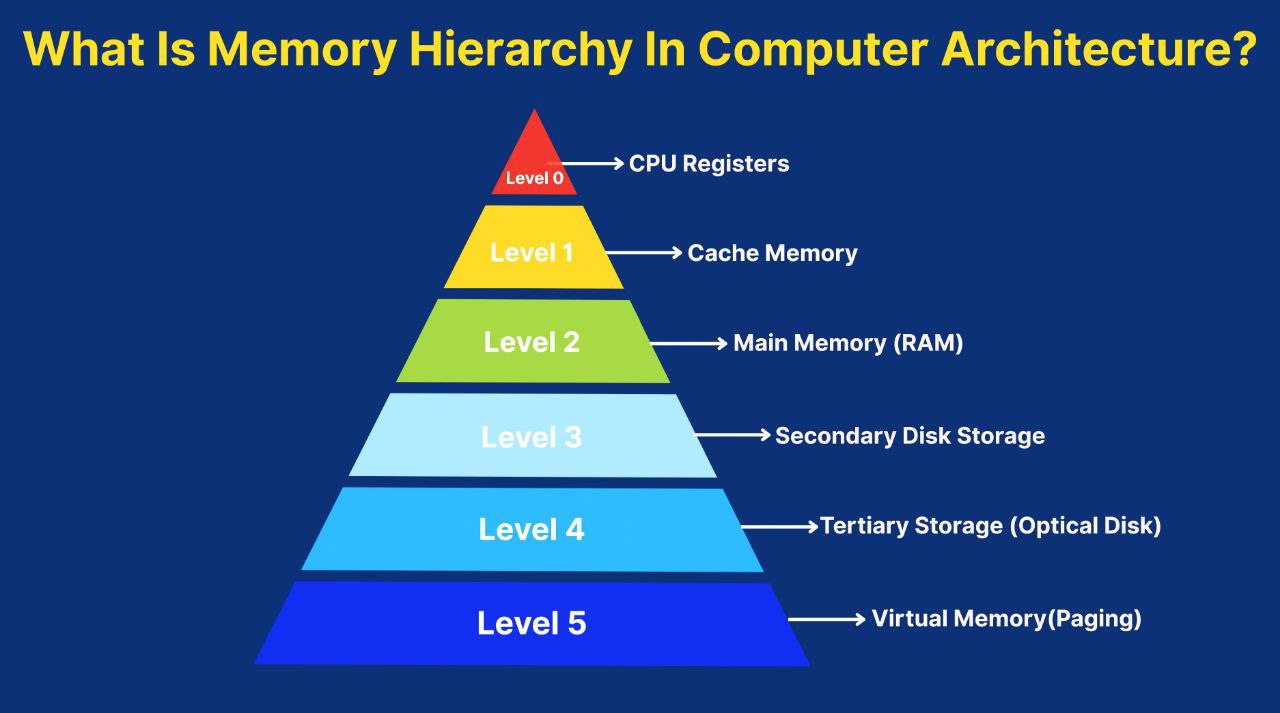Industrial Development and It’s Impact on Organised and Unorganised Labour
Industrial development in India has had a profound impact on both organized and unorganized labor. The shift from an agrarian-based economy to an industrial and service-oriented economy has redefined the structure of employment, working conditions, wages, and labor rights. Organized and unorganized sectors have experienced these changes differently, leading to varying outcomes in terms of job security, benefits, and overall welfare.
1. Organized vs. Unorganized Labour : Definitions
- Organized Labor refers to workers employed in formal sectors with regular wages, job security, social security benefits (like provident fund, pensions, healthcare), and regulated working conditions. Examples include public sector employees, private sector workers in large industries, banks, IT firms, etc.
- Unorganized Labor consists of workers in informal sectors where employment is not secure, and there are minimal or no benefits. This includes agricultural workers, daily wage laborers, street vendors, construction workers, and workers in small and medium enterprises (SMEs).
2. Impact of Industrial Development on Organized Labor
Benefits of Industrial Development :
- Job Creation: The growth of industries has created a large number of formal sector jobs, especially in sectors like manufacturing, IT, automobiles, and pharmaceuticals.
- Skill Development: With industrialization, there has been an increased demand for skilled labor. Organized sectors have invested in training and development programs, improving the skill sets of employees.
- Social Security and Welfare: Workers in organized sectors enjoy better job security, fixed working hours, higher wages, and social security benefits, including pensions, healthcare, and paid leaves.
- Labor Rights and Unions: The industrial development in India, particularly in large industries, has led to the establishment of trade unions that protect workers’ rights. These unions negotiate for better wages, safer working conditions, and other benefits.
Challenges for Organized Labor :
- Automation and Technological Advancements: While industrial development has created jobs, the rapid adoption of automation and artificial intelligence (AI) is reducing the demand for manual labor in certain sectors like manufacturing.
- Job Losses in Traditional Sectors: As industries grow and modernize, traditional sectors like textiles or manual labor-intensive industries see job cuts or relocation, affecting workers who lack the skills needed for new industries.
- Contractualization: Over the past few decades, there has been a growing trend of employing workers on a contractual basis in the organized sector to reduce costs and obligations like benefits and job security.
3. Impact of Industrial Development on Unorganized Labor
Positive Aspects :
- Opportunities in Urban Areas: Industrial development, especially in urban centers, has opened up opportunities for unorganized labor in sectors like construction, transportation, and informal services (e.g., food vendors, domestic help).
- Increased Demand in SMEs: Small and medium enterprises (SMEs), which often operate in the unorganized sector, have grown due to industrialization, creating more jobs, albeit with limited protections.
Challenges Faced by Unorganized Labor :
- Lack of Social Security: The majority of unorganized workers lack access to basic labor rights, including job security, healthcare, provident funds, and pensions. This leaves them vulnerable to exploitation and financial insecurity.
- Poor Working Conditions: Workers in the unorganized sector often face unsafe working environments, with long hours, low wages, and no paid leave or health benefits. For example, workers in construction, brick kilns, and small manufacturing units are highly prone to exploitation.
- Casualization of Workforce: Even with industrial development, a significant portion of workers remain in the informal sector, as industries increasingly hire casual labor for short-term projects to minimize costs.
- Migration and Urban Poverty: Industrialization has driven rural-to-urban migration in search of better employment opportunities. However, many of these migrants end up in informal employment with low wages, contributing to urban poverty and informal settlements.
- Wage Inequality: Industrialization has resulted in significant wage inequality between organized and unorganized workers. While formal sector employees earn stable wages, informal workers are often paid below minimum wage and have little bargaining power.
4. Government Initiatives for Labour Welfare
Several policies and programs have been launched by the Indian government to address the challenges faced by both organized and unorganized labor :

For Organized Labor :
- Labor Reforms and Codes: The government has consolidated labor laws into four labor codes — Wage Code, Industrial Relations Code, Social Security Code, and Occupational Safety, Health and Working Conditions Code. These aim to simplify and streamline regulations while promoting job security and safety for workers.
- Skill India Program: Launched to provide vocational training and skill development for workers in both organized and unorganized sectors to make them more employable in emerging industries.
- Employment Provident Fund (EPF) and Employees’ State Insurance (ESI): These social security schemes ensure that workers in the organized sector have access to retirement savings, healthcare, and unemployment benefits.
For Unorganized Labor :
- Unorganized Workers’ Social Security Act, 2008: Provides social security for unorganized sector workers, including provisions for health, life insurance, and old-age pension schemes.
- National Rural Employment Guarantee Act (NREGA): Provides a safety net by guaranteeing 100 days of paid work in rural areas for unskilled workers, helping alleviate the impact of industrial development on rural labor displacement.
- Pradhan Mantri Shram Yogi Maan-Dhan (PMSYM): This pension scheme targets unorganized workers, ensuring a minimum pension for those earning less than ₹15,000 per month.
- Aatmanirbhar Bharat Abhiyaan: This initiative, announced during the COVID-19 pandemic, provided financial support and employment opportunities to both organized and unorganized sectors. It also focused on the revival of MSMEs (Micro, Small, and Medium Enterprises), which are a major source of employment for unorganized workers.
5. The Future: Bridging the Gap Between Organized and Unorganized Labor
While industrial development has brought prosperity to many, the divide between organized and unorganized labor remains vast. Bridging this gap will require:
- Formalizing Informal Work: Efforts to bring informal workers into the formal economy, ensuring they receive basic labor protections and benefits.
- Upgrading Skills: Offering skill development programs for unorganized workers to help them transition to better-paying jobs in the formal sector.
- Inclusive Growth Policies: Ensuring that industrial development is inclusive, creating quality jobs across all sectors, with a focus on improving wages, working conditions, and social security for the unorganized workforce.

Conclusion :
Industrial Development in India has had a mixed impact on organized and unorganized labor. While the organized sector has benefited from increased wages, job security, and social security, the unorganized sector has faced vulnerabilities in terms of job insecurity, low wages, and lack of benefits. Government interventions are crucial to balance these impacts, protect vulnerable workers, and ensure that the benefits of industrialization are distributed equitably
Share this content:



Leave a Reply